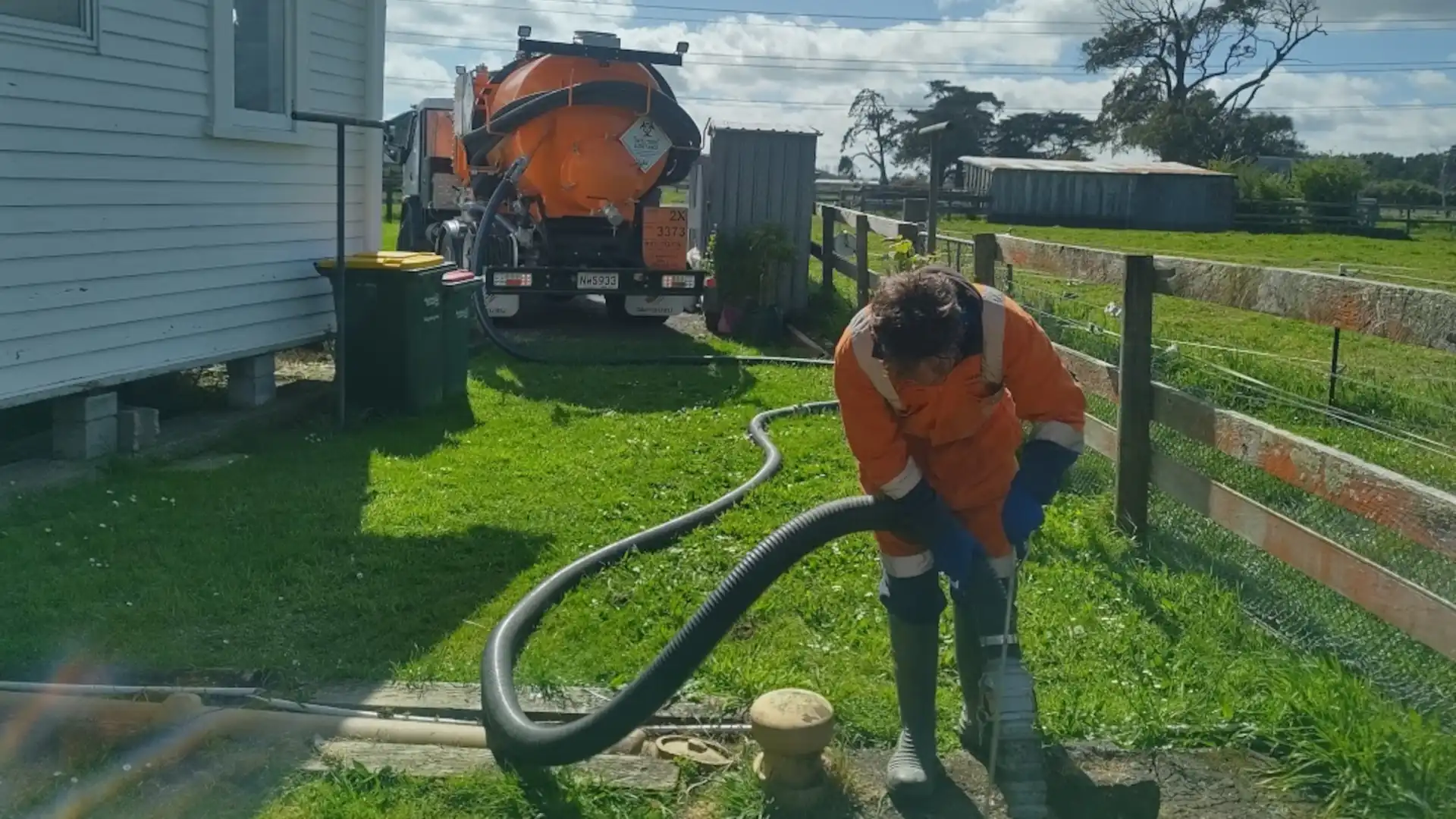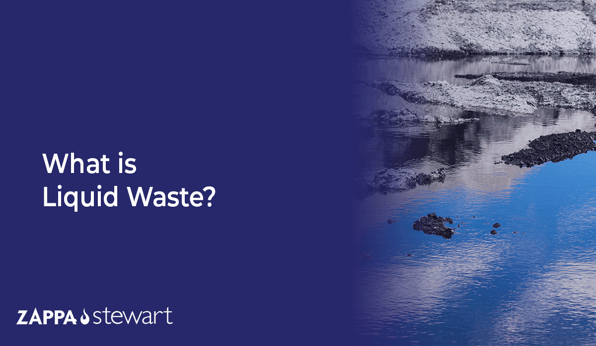Top Liquid Waste Disposal Melbourne: Trusted Services for Proper Waste Management
Top Liquid Waste Disposal Melbourne: Trusted Services for Proper Waste Management
Blog Article
How Liquid Waste Disposal Functions: A Thorough Review of Strategies and Technologies Used

Introduction of Fluid Waste Kind
The complexity of liquid waste types necessitates an extensive understanding of their attributes and ramifications for disposal. Liquid waste can broadly be categorized into a number of types, including commercial, metropolitan, farming, and unsafe waste. Each group displays unique homes, requiring certain management approaches to reduce environmental and health and wellness dangers.
Industrial liquid waste stems from making procedures and usually includes a series of impurities, such as heavy steels, solvents, and organic substances. Metropolitan fluid waste, largely making up wastewater from homes and commercial establishments, consists of natural issue, nutrients, and virus (industrial wastewater treatment). Agricultural liquid waste, consisting of drainage from ranches, might have fertilizers, chemicals, and pet waste, posturing threats to water quality and ecosystems
Dangerous liquid waste is identified by its poisoning, reactivity, or prospective to trigger injury. Understanding these diverse liquid waste kinds is vital for creating effective disposal methods and making sure conformity with ecological regulations.
Physical Therapy Methods

Screening is the preliminary action, where larger particles and debris are removed from the fluid waste utilizing screens or grates. In sedimentation storage tanks, larger bits work out at the base, developing a sludge layer, while the clarified fluid can be additional treated.
Purification is an additional important technique that includes passing the fluid via porous products, such as sand or membranes, to catch smaller fragments. This action improves the top quality of the liquid, making it appropriate for subsequent therapy processes.

Chemical Therapy Methods
Chemical therapy techniques are essential for successfully managing liquid waste, particularly in dealing with dissolved and colloidal pollutants that physical techniques might not sufficiently get rid of. These techniques make use of various chemical agents to counteract, precipitate, or change unsafe materials right into much less damaging kinds.
One common approach is coagulation and flocculation, where chemicals such as alum or ferric chloride are included to advertise the aggregation of suspended bits. This procedure boosts sedimentation, allowing for much easier removal of the resulting sludge. Additionally, oxidation procedures, utilizing representatives like chlorine or ozone, are utilized to break down intricate natural compounds and microorganisms, making the waste more secure for discharge or further treatment.
Neutralization is an additional critical technique, which changes the pH of acidic or alkaline waste streams to neutral degrees, protecting against potential harm to downstream systems and the environment. Additionally, advanced oxidation procedures (AOPs) use mixes of oxidants and ultraviolet light to i loved this weaken relentless pollutants, achieving a higher level of treatment efficiency.
Biological Treatment Processes
Biological therapy procedures play an essential role in the management of liquid waste by utilizing microorganisms to decompose organic issue and minimize contaminant levels. These processes can be broadly categorized right into anaerobic and cardiovascular treatments, each employing details microbial neighborhoods to attain efficient waste deterioration.
Aerobic treatment includes making use of oxygen to assist in the break down of natural materials by germs. This process is generally carried out in triggered sludge systems, where aeration containers offer a conducive setting for microbial development, leading to the oxidation of organic pollutants. The resultant biomass can be divided from dealt with effluent through sedimentation.
On the other hand, anaerobic therapy occurs in the lack of oxygen, relying upon different microorganisms to damage down raw material. This approach is particularly beneficial for high-strength waste, as it creates biogas, a renewable resource source, while lowering sludge manufacturing. Technologies such as anaerobic digesters are frequently used in industrial and municipal applications.
Both anaerobic and cardiovascular organic treatments not just reduce the ecological effect of fluid waste but additionally help with source recovery, making them essential elements of lasting waste administration approaches. Their performance, adaptability, and important source performance sustain their widespread application throughout numerous sectors.
Emerging Technologies in Disposal
Cutting-edge strategies to liquid waste disposal are quickly advancing, driven by developments in innovation and a raising focus on sustainability. Among these emerging innovations, membrane bioreactors (MBRs) have actually obtained grip for their capacity to combine biological treatment with membrane layer filtration, resulting in high-quality effluent that can be reused in different applications. MBRs enable smaller sized footprints and extra reliable procedures contrasted to traditional systems.
One more promising advancement is using anaerobic food digestion combined with nutrient recovery modern technologies, which not just deals with fluid waste but additionally generates biogas and recuperates valuable nutrients like nitrogen and phosphorus. This twin benefit improves source efficiency and minimizes environmental impact.
In addition, advanced oxidation procedures (AOPs) are being adopted for the deterioration of intricate organic toxins. These approaches use powerful oxidants and catalysts to break down impurities at the molecular level, providing a highly reliable option for difficult waste streams.
Furthermore, the integration of expert system and maker knowing in waste management systems is enhancing functional efficiency and anticipating maintenance, leading to minimized prices and enhanced environmental conformity. These innovations show a considerable change in the direction of more lasting and effective fluid garbage disposal practices.
Verdict
In final thought, reliable liquid garbage disposal demands an extensive understanding of various methods and modern technologies. The assimilation of physical, chemical, and biological treatment approaches guarantees the effective monitoring of varied waste kinds. Additionally, the emergence of cutting-edge technologies enhances treatment effectiveness and promotes sustainability in waste monitoring methods. By continually advancing these approaches, it ends up being possible to deal with the expanding challenges connected with fluid waste, inevitably adding to environmental protection and resource recuperation.
Liquid waste disposal is a vital element of environmental management, calling for an extensive understanding of different methods and modern technologies tailored to different waste kinds. Fluid waste can broadly be categorized into several types, including commercial, community, agricultural, and dangerous waste. Agricultural liquid waste, including drainage from ranches, may include fertilizers, pesticides, and animal waste, posing threats to water high quality and communities.
Different physical therapy techniques play a vital function in handling liquid waste effectively - industrial wastewater treatment.In conclusion, reliable fluid waste disposal demands a detailed understanding of different techniques Read Full Article and technologies
Report this page